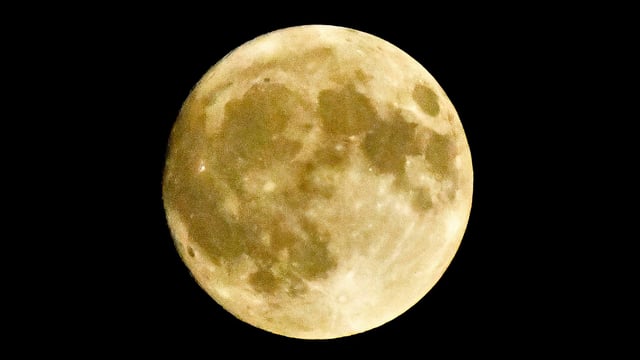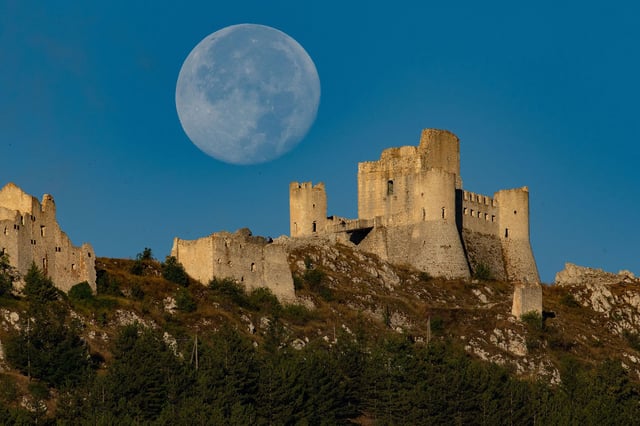Overview
- Peak illumination occurred at 3:55 a.m. ET on August 9, offering skywatchers two full nights of Sturgeon Moon views
- The name “Sturgeon Moon” reflects the late-summer abundance of lake sturgeon in the Great Lakes and Lake Champlain and traces back to indigenous naming traditions
- Observers are advised to watch at moonrise near the horizon to experience the moon illusion and to seek dark locations away from city lights for best views
- NASA warns that the moon’s brightness will wash out fainter Perseid meteors, requiring adjusted expectations ahead of the shower’s August 12–13 peak
- Despite significant lunar glare, the Perseid meteor shower remains active until September 1 as Earth traverses debris from Comet Swift-Tuttle



